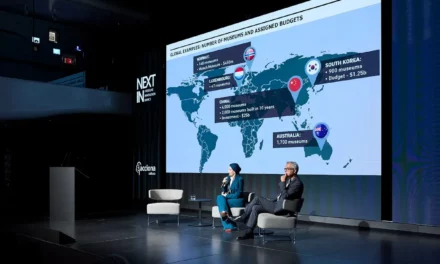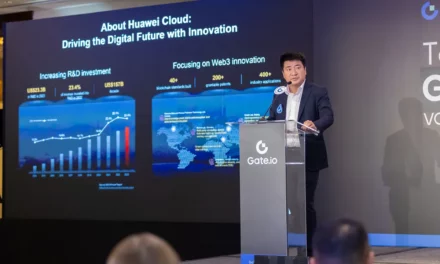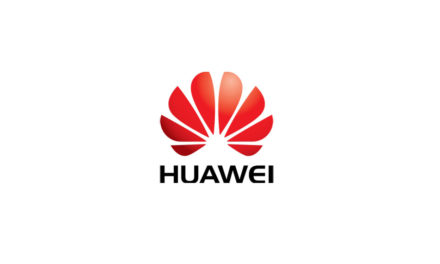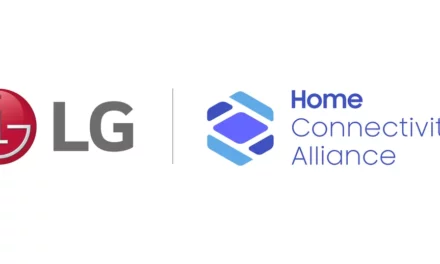
Web3 Remains Highly Relevant for Private Equity in the Middle East

By Brahim Laaidi, Partner, Bain & Company, and Thomas Olsen, Global Co-lead of Web3 and Metaverse Practice, Bain & Company
Watching almost $3 trillion in web3-related asset value shrink by more than 70% is unnerving, to say the least. But the rise and fall of crypto isn’t really the issue. What counts are the core underlying technologies that have made web3 possible, a set of innovations that will have far-reaching implications for many parts of the global economy, private equity included.
The emerging web3 ecosystem now boasts thousands of companies funded by approximately $94 billion in start-up capital from venture funds, hedge funds, private equity, and other investors (see Figure 1). Major companies across industries—JPMorgan, Goldman Sachs, Google, and Disney among them—have begun to think about how web3 will influence their businesses and what it could unlock in terms of managing transactions and engaging with customers. Crypto and nonfungible tokens (NFTs) have led wealthy young consumers to some of web3’s foundational concepts, like digital wallets that can be used across platforms. Forward-thinking private equity firms are also focused on the ways in which blockchains, tokens, smart contracts, and related web3 technologies will affect how they invest and operate.
We already see that web3 is becoming increasingly relevant for private equity in the sense that it continues to attract sophisticated investors, continues to act as a disruptive threat (or opportunity) and as a tool for new fund strategies.
The evolution of web3
Despite all the Sturm und Drang around crypto, there’s no denying it has been an important proof of concept for how web3 technologies work together. Web3’s promise is an improved version of the Internet, one that is more interoperable than today’s siloed web.
Web1, which launched in the 1990s, was read-only, meaning content was pushed at users and nothing flowed the other way. Web2 ushered in social media and the ability to post your own content. Web3 is evolving as a new kind of Internet, with open protocols and standards that allow for new avenues of value transfer, data sharing, and application development across platforms.
The foundational building blocks are blockchains, smart contracts, and tokens. Blockchains are open, decentralized databases and computing platforms that create security through a consensus mechanism. With the development of Ethereum starting in 2014, blockchains allowed users to securely execute lines of code—known as smart contracts—“on chain.”
Tokens, meanwhile, are digital representations of data or assets registered on the blockchain ledger. They can be imbued with clearly defined terms of use (such as trading or governance restrictions) and can carry with them reams of data (escrow information for a real estate asset, say, or gaming assets that can be moved from platform to platform).
From these building blocks come many core web3 concepts and tools. They include dApps (decentralized applications built on blockchain networks), DeFi (decentralized finance networks enabled by smart contracts), DAOs (decentralized autonomous organizations), digital wallets enabling persistent digital identity, and open metaverses.
Identifying disruption threat (and opportunity) across the portfolio
While funds that focus on more mature companies and industries may not want to play in the web3 arena, they’d be ill advised to ignore it. Over the next decade, the burgeoning set of web3 innovations could affect a broad sweep of industries and companies, some of which aren’t necessarily obvious today.
Funds need to understand what these changes might mean for more traditional portfolio companies—both in terms of disruption risk and opportunities to go on offense. Those insights come from scanning the current portfolio for potential web3 exposure and probing these issues in due diligence.
The most effective scans map a portfolio sector by sector, looking at the pace of potential disruption, regulatory changes, and other factors that might accelerate or decelerate change. That leads to a clearer picture of how and when web3 is likely to reshape the industry and how much opportunity there might be to capitalize on those shifts.
A web3 lens on fund management
Even as they consider how web3 is affecting companies in their portfolios, a growing number of private equity firms are moving decisively to explore how web3 might change the way they think about strategy and operations. The ability to tokenize real assets via blockchains and smart contracts could lead to important innovations and features for alternative asset products.
Notably, tokenization could allow fund managers to build in tailored secondary liquidity mechanisms or make it easier to use fund investments as collateral and that offers a range of potential benefits.
On the operations side, tokens could lower administration costs by automating manual processes and enabling structured secondary trading mechanisms, custody, margin lending, reporting, and other features that could also be tailored to different types of fund products.
Smart contracts and distributed ledgers promise to enhance efficiency and transparency by creating an immutable record of historical token ownership, lowering the cost and complexity of reporting and regulatory compliance. Nearer at hand are solutions based on blockchains and smart contracts that can transform back-office operations.
Whether you’re an investor funding the next generation of IT infrastructure, a fund manager performing due diligence on traditional companies exposed to web3 changes, or a PE strategist evaluating new types of funds and distribution channels, web3 is very likely to emerge as a critical theme over the next 10 years. It may not be time yet to dive in headfirst. But, for many funds, it is time to begin building depth in web3 and evaluating how to turn this technological shift into an advantage.
















































